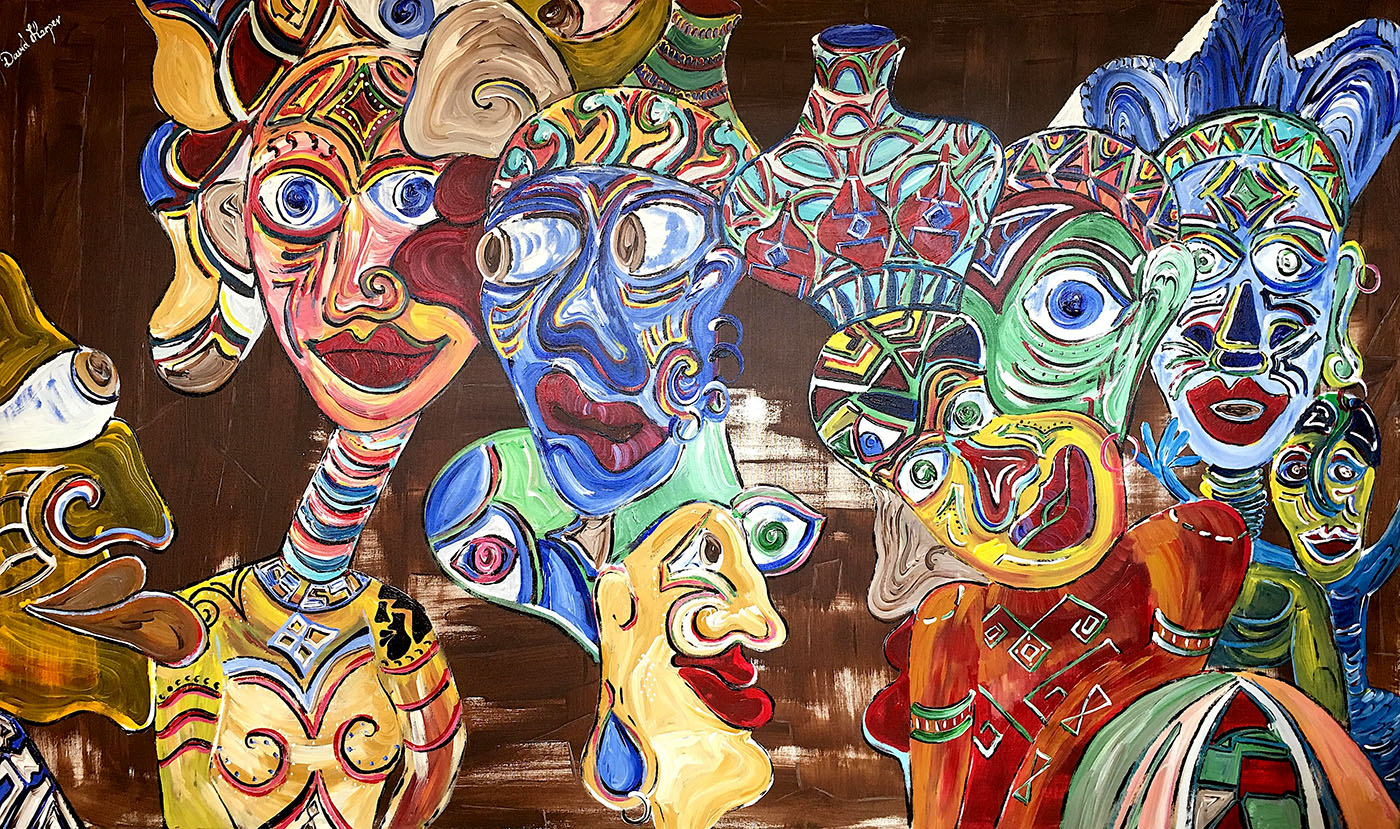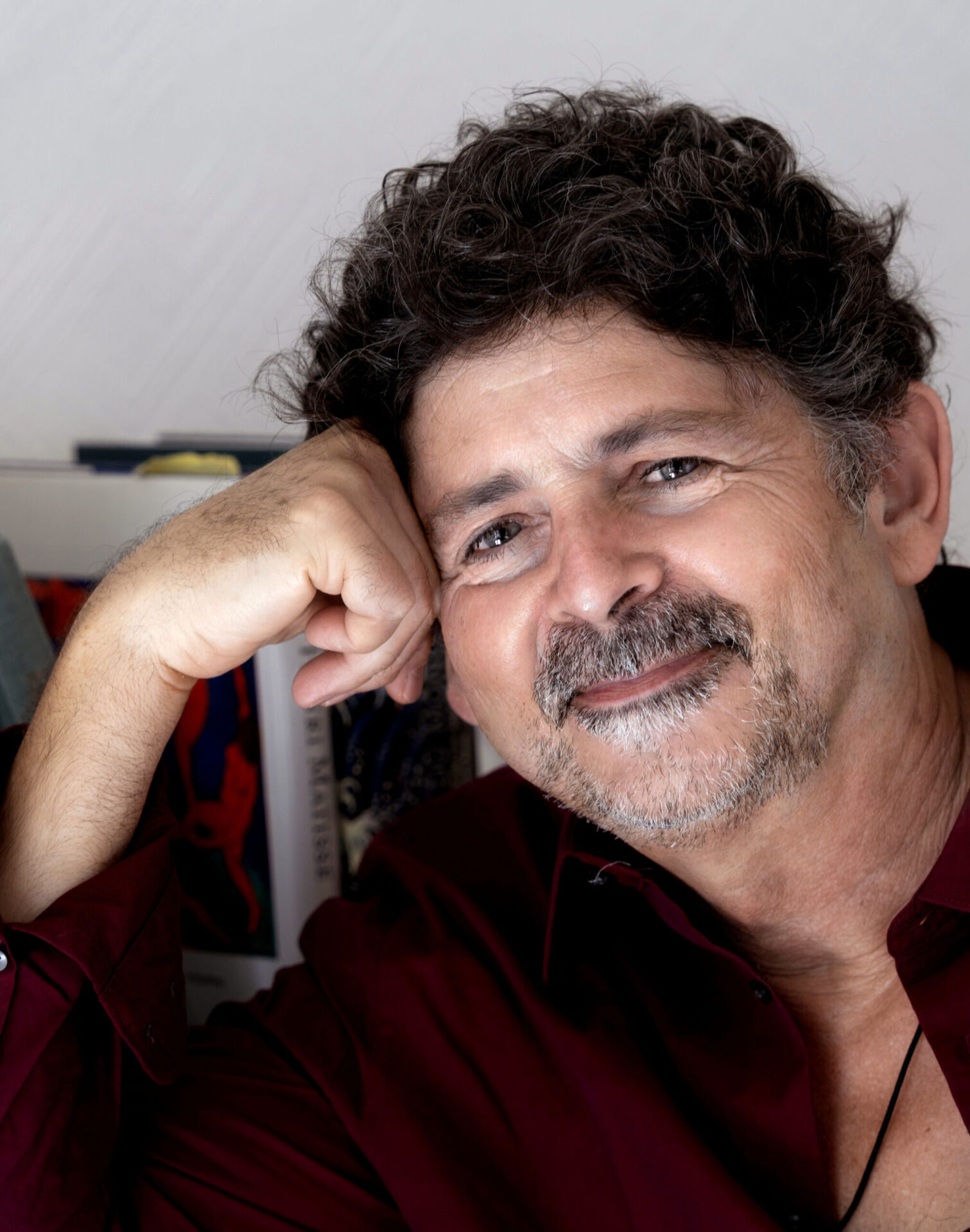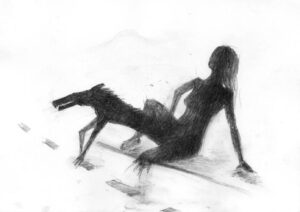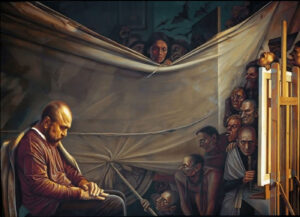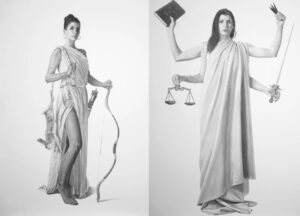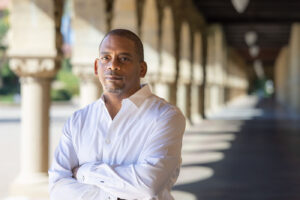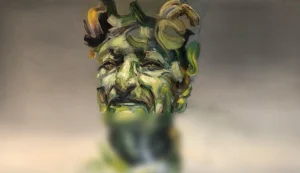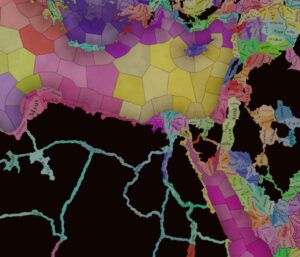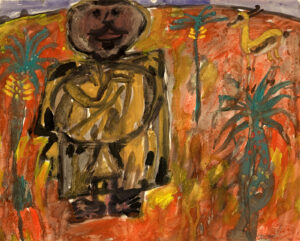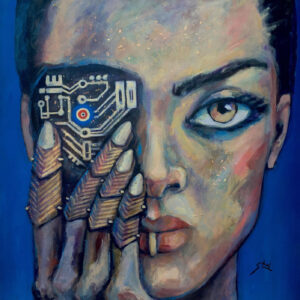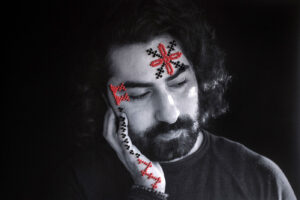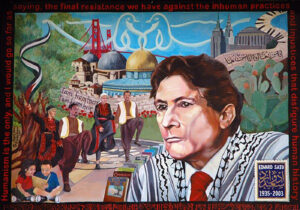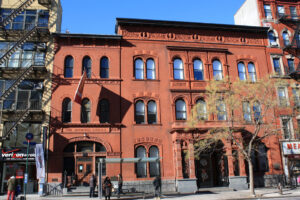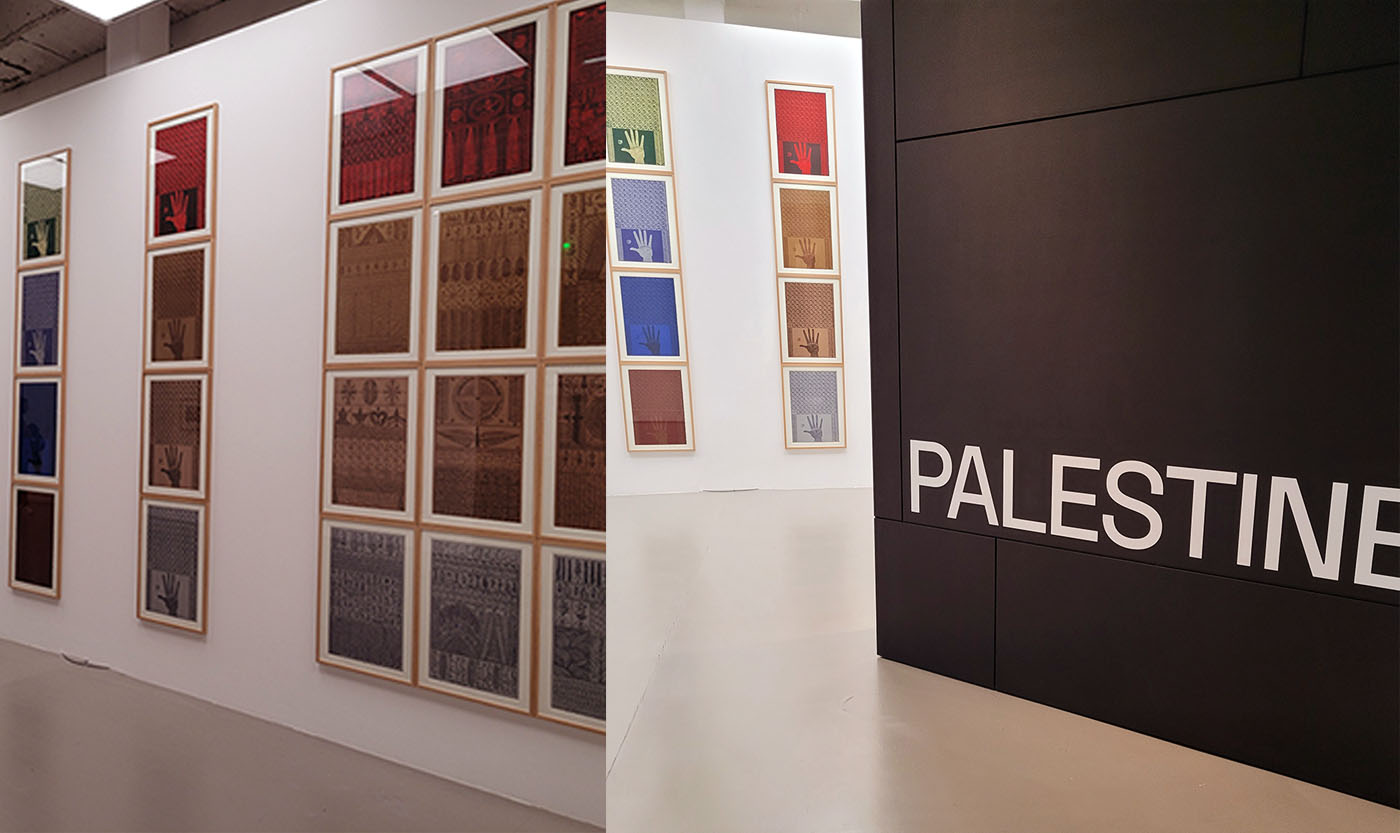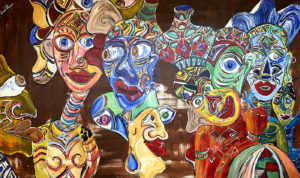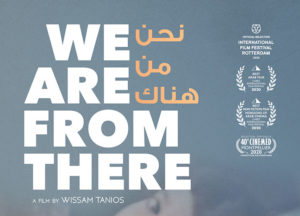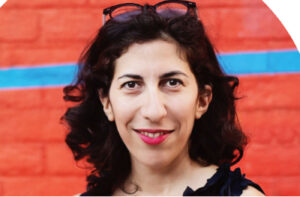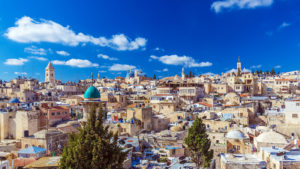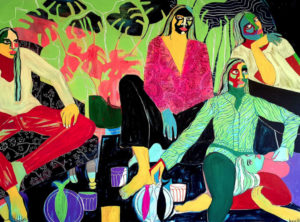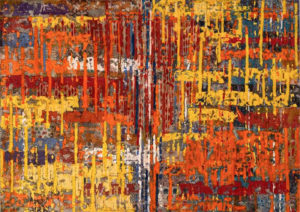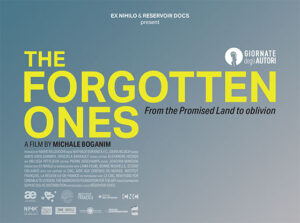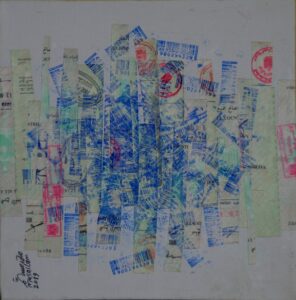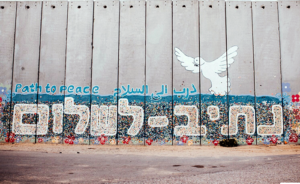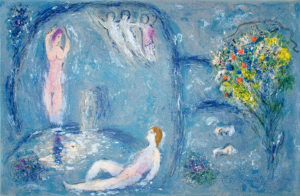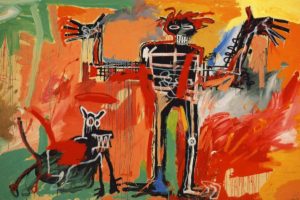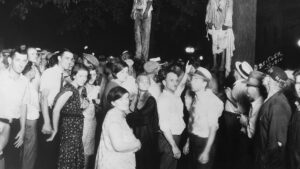The Last White Man, a novel by Mohsin Hamid
Hamish Hamilton/Penguin 2022
ISBN 9780241566572
Jordan Elgrably
We’ve all imagined what it might be like to experience an utterly different life, to be someone else — haven’t you ever wondered, for instance, what you would do if you won the lottery and became a millionaire overnight, or how you would deal with losing your home and becoming homeless — if you were to wake up one morning and you were dirt poor, so broke that you were no longer you? Have you not imagined yourself so changed that others wouldn’t recognize you?
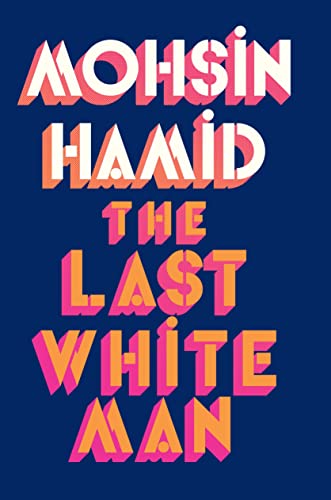
Imagining what it’s like to be “other” is, I would argue, human nature. We can’t help but think, “if I were her, I would…” Hannah Arendt was channeling philosopher Emmanuel Kant when she talked about having “enlarged mentality,” wherein you try to inhabit the mind of the other — walk a mile in another person’s shoes, as it were. “To think with an enlarged mentality,” Arendt wrote, “means that one trains one’s imagination to go visiting.”
In Mohsin Hamid’s new novel, The Last White Man, a bland guy named Anders awakens to a troubling new self: “One morning, Anders, a white man, woke up to find he had turned a deep and undeniable brown.” First using the reverse feature on his cell phone camera, and then the bathroom mirror, Anders “saw that the face looking back at him was not his at all.”
Inspired, perhaps, by Kafka’s novella Metamorphosis (in which a man wakes up one morning as a giant insect), Hamid asks what white society would do if its people were to change colors overnight, becoming “dark” or “colored” or “no longer recognizably” themselves. Here he has composed a fable, a short novel on this premise of shifting identity.
Anders cannot believe that he is now a dark-skinned man — nowhere, by the way, in The Last White Man, hereafter TLWM, does Hamid use the terms “Black” or “African American” — and he is supremely upset about it, so much so that he calls in sick to work and spends a week hiding out from everyone, wearing a hoodie when running vital errands in the neighborhood.
Anders looks for himself in the mirror, but “the more he looked the less white he seemed, as though looking for his whiteness was the opposite of whiteness, was driving it further away.” The narrative continues in this vein, with Anders feeling rather sorry for himself, until he has to go back to work, where his white boss at the gym where he is employed says that if it had been him — if he had caught the dark skin disease — “I would have killed myself.”
The reader has to wonder at this point: does a person of color ever want to kill himself merely because he is dark-skinned? Shortly after Anders’ racist boss at the gym encourages his suicide, the local TV news reports that a mutated white man has killed himself. Here the plague is not Covid but changing skin color, wherein white people morph, transition, transmogrify, mutate and metastasize, as if being black or brown is a cancer.
In TLWM, as in his previous novel, Exit West, Hamid creates his own netherworld, writing in a “once upon a time” mode where almost anything can happen, but he avoids language that would associate his literary fiction with magic realism or fantasy. In Exit West, a civil war in an unnamed country forces a young couple to flee, and they escape through an unexplained phenomenon, a “door” that opens in their country, allowing them to appear moments later on a Greek island. These mysterious “doors” materialize across the world, facilitating the escape of millions of desperate migrants, most often to countries that do not want them. Here, in TLWM, white people become dark-skinned people overnight, one after the other, like falling dominoes, and, predictably, chaos ensues.
A story about white people becoming black or brown has tremendous potential, but alas, in TLWM, that potential is unrealized, for Anders is an average white man with a poor imagination, and the other characters in the book are not much deeper. Only his girlfriend Oona appears to operate with agency; the other white people, including Oona’s mother and Anders’ father, are predictable. They love their children, and accept them when they become dark-skinned, but they do not imagine what this new world might be like, they do not seize the day and embrace the change of color. Instead, they live in fear and avoid contact with others.
Are we really so hidebound that we would fail to meet the challenge of a new life? And how changed would you really be if your skin were several shades darker? After nearly 50 pages, the reader asks himself, already enervated by Anders, whether becoming a person of color will make the character more interesting — because he’s a drag. You don’t know if you can finish the novel; you don’t have time for this dullard. Thankfully, Oona begins to make things more interesting, when — wanting to know what it feels like to be Anders — she applies makeup on her skin to darken herself, but then regrets it, though soon enough she’ll become as dark as Anders. Meanwhile, across the Internet, “the conversation had moved on to the search for a cure” and her mother’s racism is predictable:
It was not that we were better than them, although we were better than them, how could they deny it […] we would not participate in our own eradication, that had to end, and now there was no time to wait, now they were converting us, and lowering us.
Nowhere in TLWM does anyone have a sense of humor about changing skin colors, nor does the author. In fact, becoming dark, for some, is a conspiracy, a “plot against their kind […] a plot that had been building for years, for decades, maybe for centuries.”
The change of society seems so dire that Oona’s mother fears “The final chaos was approaching…a descent into crime and anarchy, and cannibalism, cannibalism out of hunger, and, worse, out of vengeance, and blood would flow, and all should prepare for the end.”
At this point, you want to learn more about “the great replacement theory” — the ideology girding Charlotteville’s neo-Nazis. According to the National Immigration Forum, the theory “states that welcoming immigration policies — particularly those impacting nonwhite immigrants — are part of a plot designed to undermine or ‘replace’ the political power and culture of white people living in Western countries […] the theory often uses martial and violent rhetoric of a migrant ‘invasion’ that must be stopped before it ‘conquers’ ‘white America.’”
While Hamid is successful in exploring white fear of replacement by people of color, throughout the novel I expected to come upon black and brown characters, and hear their opinions. But alas, with only one fleeting exception, they never appear. There is one person of color, the janitor at the gym where Anders works. For a time, Anders tells himself he’d like to get to know this man, whose last name escapes him, but in the single brief scene where Anders does talk to the janitor, we learn neither his name nor anything about him, other than that he would like a raise.
Throughout TLWM, in fact, people of color are starkly absent. We have no idea what they think about the phenomenon of white people becoming dark-skinned. Perhaps the author intended to focus exclusively on white fear and expose it for what it is, but the novel would have been much more effective had those missing voices found their way into the narrative. Because they are not allowed to speak for themselves, people of color become objectified; and conversely, white people as a result seem less three-dimensional.
While coming to the end of TLWM, I happened across this remark by the Norwegian filmmaker Deeya Khan, in her TED talk, where she identifies with both brown and white people:
When I was a child, I knew I had superpowers…I thought I was absolutely amazing, because I could relate to and understand the feelings of brown people, like my grandfather, a conservative Muslim guy. And also, I could understand my Afghan mother, my Pakistani father, not so religious, but laid back, fairly liberal. And of course, I could understand and relate to the feelings of white people, the white Norwegians of my country. You know, white, brown, whatever, I love them all.
Reading TLWM, we know what some white people think about people of color, but what do people of color think of us? (To clarify where I fall on the color spectrum, though I have Moroccan grandparents and am nearly 50 percent African by DNA, I am one of those hybrids who passes for white.) To begin to answer this question, I recently spent time wandering around Montpellier with a black friend, a writer whose race radar was always on as we walked into any room or public space. This person’s vigilance rarely faltered, whether the energy was good, bad or indifferent. It seemed like a tremendous investment with dubious returns. Another black friend (and former roommate) related that, on the contrary, he was not in the least concerned about what white people may think of him. “I am fully aware that racism exists and that it is occasionally pointed in my direction,” he explained, but “I really could care less about what ‘people’ think of me.”
But the memoirist and novelist Michael Datcher (Raising Fences: A Black Man’s Love Story and Americus) related to me that his approach, “When coming into a new room or into a new space or walking down the street and encountering people, is to speak so that the people in the room can hear my diction, my language use and obvious education. This allows me to influence the perception of me based upon actual data as opposed to their perception of me based upon stereotypes of who I could be. This approach doesn’t always work but it does usually have an impact. The sad part is that this and other techniques that I use are wearisome. To paraphrase James Baldwin, I love being black but it’s exhausting.”
Hamid, a Muslim Pakistani from Lahore, has written about what it was like to feel that he had some white “passing” privilege in New York, as an educated writer, but how after 9/11 the world treated him differently. Arabs and Muslims no longer passed easily after that catastrophe. Anyone who looked Arab/Muslim wearing a backpack, for instance, was immediately suspect, and feared. I recently participated in a book group conversation about TLWM, in which an Arab American woman said, “As an Arab Muslim woman, I’ve felt this pressure to prove I’m not a threat, I’m not an extremist.” She explained that while Arabs/Muslims know all about Western societies, “the West doesn’t know much about us.” A reader in the same group, an Algerian American, wondered whether being Arab would ever be universal. He explained, “Before 9/11, people were fascinated by my Muslim background; after 9/11, they would ask me, ‘why are your people so violent?’”
It would seem that whites fear people of color, they fear Muslims, they fear migrants coming over the border, they fear becoming a minority and losing power. It goes without saying that the 74 million Americans who voted for Trump in the most recent presidential elections operate more on fear than logic.
Hamid as a writer explores strong emotions, including fear and shame. In both Exit West and TLWM, his protagonists feel shame. His characters Nadia and Saeed in the former novel feel shame because they are displaced and homeless, they are unwanted migrants; in TLWM, the shame is in being a dark-skinned person of color who has lost white privilege. But colorism isn’t seriously treated here; it’s whitewashed (pun intended). And what of people who are ethnically ambiguous? Where do the hybrids fit in, in TLWM’s nearly dystopian world? Is everyone who does not pass for white a threat?
In the end, the novel should have its characters answering the question “how does it feel to be a problem?” But whites becoming blacks and browns are too busy feeling sorry for themselves.



